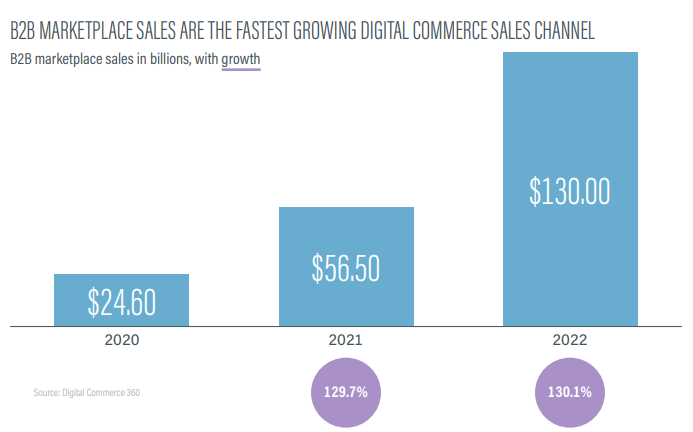
- Posted on
- • October 20, 2020
- Advanced Ecommerce
- Miva Partners

Besides labor, the biggest expense for most retailers is inventory. Every item you have waiting to be sold is tying up cash that could be used for other business needs. Plus, the carrying costs for holding SKUs in-stock can easily run 20%-30% of inventory costs. As an example, if your company is storing $1 million worth of inventory, the annual carrying costs can be $200,000 to $300,000 a year.
Here are some cost reduction strategies in inventory management to reduce your carrying costs and your inventory investment without losing sales.
What Is Inventory Management?
Inventory management is how you keep track of, organize, and manage the stock that’s under your control. When you can create a more efficient process for managing your inventory, you can reduce your costs. Better control over forecasting, ordering, storing, processing, and fulfillment can create these efficiencies, which lead to cost savings and higher margins.
Why is Inventory Management Important?
Poor inventory management can cost you dearly. There are the carrying costs for excess inventory, the space you need in the warehouse, and the resources you’re using in the process. If you aren’t forecasting, reordering, or managing your inventory well you can run out of stock. This causes you to lose sales and may hurt your seller ratings on marketplaces.
An efficient, well-managed inventory will improve your bottom line and make every aspect of your business run more smoothly.
How to Reduce Costs in Inventory Management
Here are five specific areas to examine to reduce your costs when it comes to inventory management:
1. Cut Lead Time for Replenishment
One of the keys to reducing costs in inventory management is to keep fewer products on the warehouse shelves with the ability to replenish your stock quickly when needed.
By managing your supply chain efficiently, you can cut down the number of days it takes to receive orders. This lets you keep less stock in-house and reduce the amount of safety stock you carry. This can significantly reduce your carrying costs for storage.
Many companies use Just-in-Time (JIT) inventory management strategies to order only what you need, when you need it.
2. Broaden Your Supply Chain
Broaden your supply chain. Source multiple vendors and develop relationships so you can switch to different sources if necessary.
Using Inventory Management Software, such as SkuVault, allows you to manage multiple suppliers in your supply chain and adapt quickly when needed. When negotiating with suppliers, it’s about more than just the price. You can negotiate guaranteed delivery dates and maximum time from order to delivery for future orders.
3. Reduce Excess Inventory
Excess inventory adds to your costs. Get rid of obsolete stock and low margin items that aren’t moving quickly. Focus your attention on the 20% of goods that sell the best and have the highest margins. If you’re going to tie up cash on inventory, do it on the products that bring you the best return.
4. Use the Right Inventory Management System (IMS)
If you’re still using spreadsheets or managing your inventory manually, you’re always going to struggle. Even for small businesses, the number of SKUs add up quickly. For mid-size and large retailers, it can be a complex and overwhelming task to manage inventory efficiently. The same goes for home-made systems or systems not created exclusively for today’s ecommerce world.
You need the right IMS that can manage all your inventory across your sales channels, marketplaces, and platforms. It should sync every channel and give you deep insights into every step of the inventory and warehousing process to save you time and money.
Here are some key functions the right IMS should have to improve your operations:
- Ecommerce inventory management
- In-depth reporting and forecasting
- Automation of processes
- Barcode scanning
- Integration capabilities
5. Automate Reordering
Because you’re reducing the amount of inventory you’re keeping on hand, you’ll need an efficient way to reorder at just the right time to avoid running out of stock. When you’ve got a lot of SKUs to look after, it can be difficult to time it right for every product.
Fortunately, an IMS can automate the reordering process. By making sure every piece of inventory is accurate across all your sales channels and warehouses, you can establish reorder points and more accurately estimate the amount of safety stock you need before replenishment occurs.
Real-time access to sales history, turn rate, weeks on hand, and suppliers allows you to do better forecasting and automate the reordering process.
Summary
The benefits of taking the time to automate and systemize your inventory management practices are virtually endless. By effectively managing inventory, you can reduce costs, avoid overselling and stock-outs, save money, and realize cost savings and higher margins.
By implementing the key integrated Inventory Management System functions above, it’s easier than ever to connect sales channels, optimize supply chain, organize warehouse, and manage inventory efficiently with simple workflows.

Contributed by the Editorial Team of Miva Partner SkuVault






